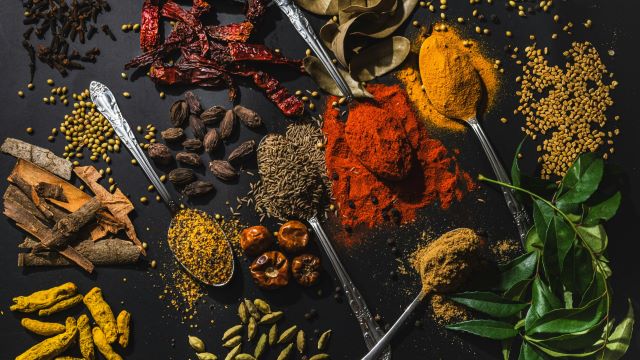In Congo, food is inseparable from the land that sustains it. Across its vast forests and river valleys, the culinary traditions of the region have been shaped by centuries of adaptation, ingenuity, and exchange. Today, a new generation of Congolese chefs and home cooks is blending long-standing indigenous ingredients with contemporary techniques, producing dishes that are both rooted in history and alive with innovation.
Cassava, perhaps more than any other staple, anchors the Congolese table. Cultivated widely across the country, its starchy roots and tender leaves find their way into countless preparations. Transformed into fufu—a pliant, dough-like accompaniment to stews—or simmered into earthy saka-saka, cassava is valued as much for its adaptability as for the comfort it brings to everyday meals.
From the undergrowth of the forest come other leafy essentials: the slightly bitter African eggplant leaves, known locally as plante animal, and wild greens gathered by hand. Cooked slowly with onions, groundnuts, or smoked fish, they carry the layered flavors of the landscape itself. In kitchens both rural and urban, these greens are more than ingredients; they are a connection to the rhythms of planting, harvest, and communal sharing.
Among the country’s emblematic dishes, moambe stands apart. This slow-cooked chicken stew, rich with the deep orange hue of palm oil and the subtle graininess of ground peanuts, is often accompanied by rice, plantains, or fufu. Variations abound—some incorporating smoked fish for added depth, others enlivened with chilies or aromatic spices. The result is a dish that speaks of both abundance and restraint, its complexity achieved through the layering of a few essential elements.
Spices and seasonings further define Congolese cooking, with ginger, garlic, and black pepper forming the backbone of countless recipes. While these flavors arrived along ancient trade routes, they have long since been absorbed into the country’s culinary identity. Used sparingly or in bold combinations, they offer a balance between the familiar and the unexpected.
For some, bushmeat such as antelope or wild boar remains a traditional source of protein, though environmental concerns have prompted a shift toward sustainable alternatives. The flavor—distinct, lean, and faintly gamey—is prized for its authenticity, yet many cooks now seek farm-raised or locally available substitutes to preserve the integrity of the surrounding ecosystems.
The evolution of Congolese cuisine reflects more than changing tastes; it mirrors the nation’s broader dialogue between heritage and modernity. In kitchens from Kinshasa to remote forest villages, cooks experiment with presentation and technique while honoring the ingredients that have sustained generations. The result is a living tradition, one in which every meal carries with it a fragment of the country’s cultural and ecological story.
Sources:
- N’Landu, B. “Palm Oil, Cassava, and the Evolution of Congolese Cuisine.” African Food Studies Journal, vol. 12, no. 3, 2024.
- Food and Agriculture Organization (FAO). Indigenous Crops and Food Security in Central Africa. 2023.


